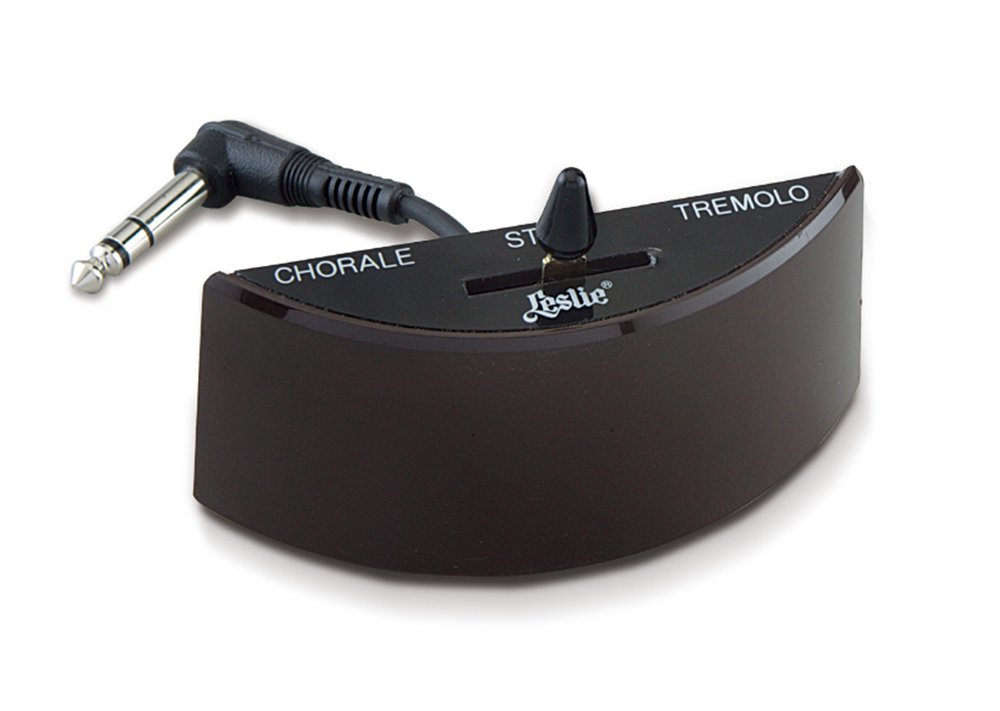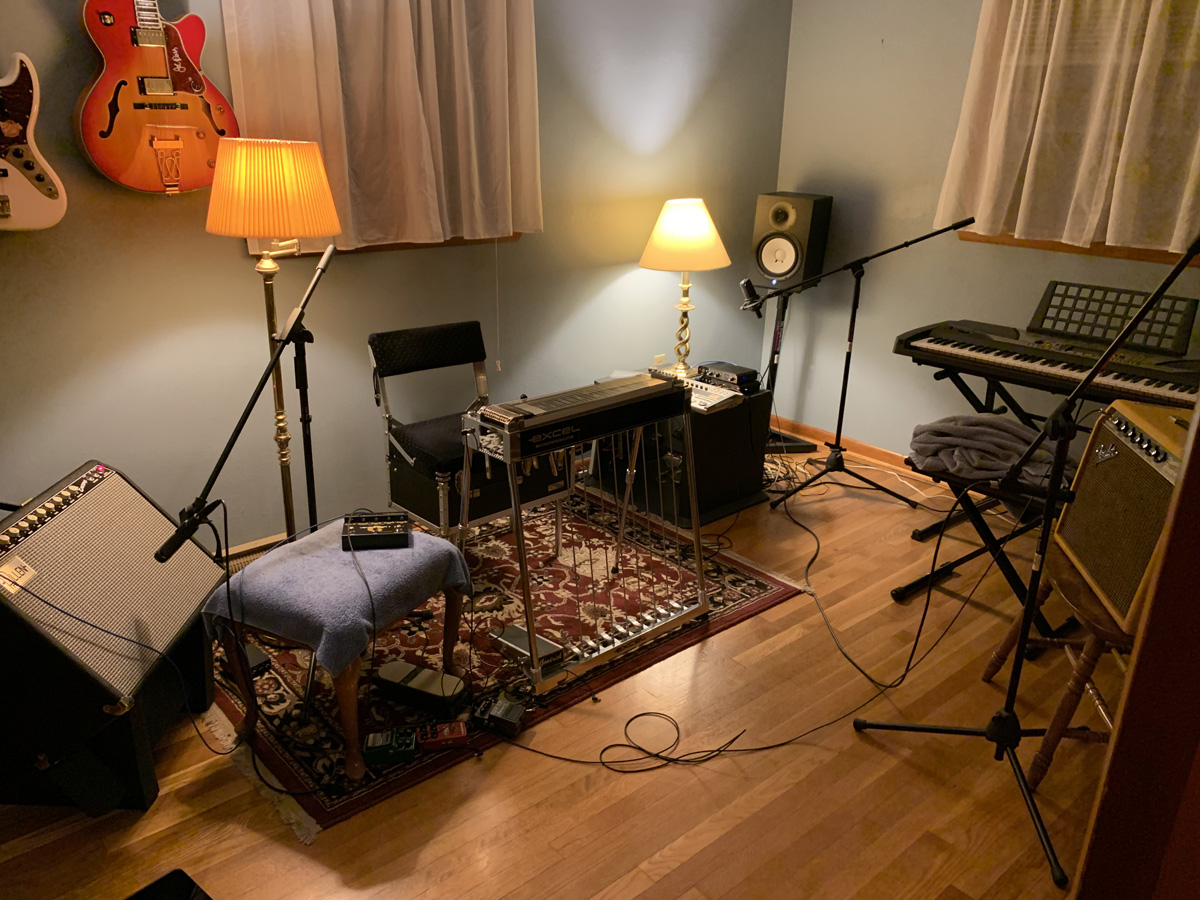Neo Ventilator 2 Review with pedal steel guitar
- My unit has firmware level 2.0. The lastest firmware provides a quick factory parameter reset function and a True Bypass / DSP Bypass selection
- With DSP bypass mode the signal is always routed trhough the unit's internal amp providing a bit of signal buffering and eliminating switching clicks and pops
- My sound samples below include both mono and stereo in direct and mic'd amp modes
- Interestingly only the mono input channel is used to generate the rotating speaker effect even if you supply a stereo input! With the effect off however, the left and right inputs are fed to separate outputs in stereo
- Required power is provided by a supplied and extremely tiny and light weight 12 VDC wall wart
- Various wall plug-in attachments are supplied to allow operation with 100 to 240 VAC mains
- Specific settings are provided in the user manual to duplicate the Leslie model 122 speeds, ramps and overall tone with two top rotor and one bottom rotor mics
- In this unit the majority of the sound comes from the top rotor with the steel guitar
You can read the user manual at the link below so no need for me to go over all the nitty gritty painstaking attention to detailed engineering that went into this thing!
Neo Ventilator 2 Manual
The Vent is compatible with a Hammond CU-1 type half moon switch which can be mounted on your guitar for handy remote operation.
Link to Hammond CU-1 type half moon switch

| A full song recording with real pedal steel, lead guitar, bass, rhythm guitar, EZDrummer drums, and RealBand (BIAB) piano and fiddle. All pedal steel and guitar parts are played through an Alllen Encore amp and mic'd with a Shure SM57. |
| Click here to listen to How Long Has It Been? |
|
|
Sound SamplesHere's some sound samples. Direct samples fed the output of the Vent direct to Studio Project preamps and then to the Zoom R24. The mic'd samples used a Fender Princeton reverb on the left channel and an Allen Encore with a TT-12 speaker on the right channel. All mics are Shure SM-57. |
|
Selection
|
Recording Method
|
Comments |
|
Shure SM57
|
2 Amps Stereo | |
|
Shure SM57
|
1 Amp Mono | |
|
Direct
|
Stereo | |
|
Direct
|
Mono | |
|
Shure SM57
|
Backup Rhythm Pads | |
|
Shure SM57
|
Distortion low to high then C6 sounds | |
|
Shure SM57
|
Fast and Slow speed ranges demo | |
|
Shure SM57
|
Lo then Hi Rotors only then all mic distances | |
|
Shure SM57
|
Simple demo of all 3 Mode tones | |
|
Shure SM57
|
Simple Demo of acceleration ranges |
|
Click on the pictures below to see them full size or at least sized to a browser window. Click on the picture again if needed to zoom in even more!
 |
 |
 |
 |
 |
Comments? email webmaster Greg ![]()
![]()
